Elevate Outdoor Appeal: Integrating Water Features for Elegance
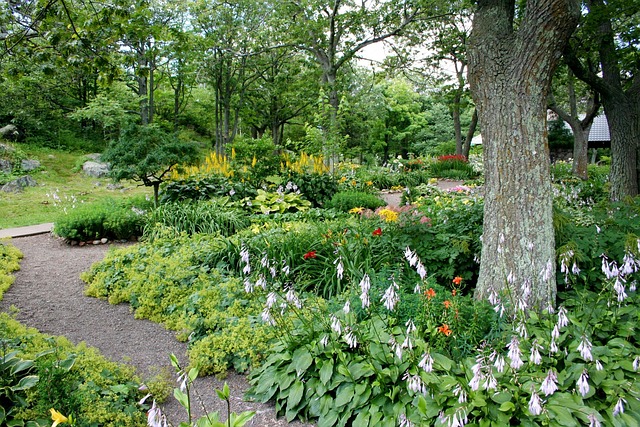
Water features dramatically enhance outdoor spaces with elegance and charm, serving as focal points…….
Introduction
The allure of a well-maintained and aesthetically pleasing backyard extends beyond the confines of personal enjoyment; it represents a significant aspect of “Enhancing Backyard Curb Appeal.” This concept transcends mere aesthetic upgrades; it encompasses a strategic blend of design, functionality, and sustainability that not only elevates the visual appeal of a property but also its market value. In this comprehensive exploration, readers will delve into the nuances of enhancing backyard curb appeal, its historical context, and its broader impact on communities and economies worldwide. We will navigate through global trends, economic considerations, technological advancements, policy influences, and future prospects to provide a holistic understanding of this dynamic field.
Understanding Enhancing Backyard Curb Appeal
“Enhancing Backyard Curb Appeal” involves the deliberate improvement of a property’s exterior space to attract positive attention from passersby, neighbors, and potential buyers. This enhancement includes landscape design, hardscaping elements, outdoor living spaces, and garden maintenance. Its core components—harmony with the surrounding environment, cohesive design, and functional layout—are essential for creating an inviting and aesthetically pleasing backyard that aligns with contemporary lifestyles and preferences.
Historically, the concept of curb appeal has its roots in urban planning and real estate marketing, where the facade of a property was the primary focus. However, as outdoor living spaces have become more integral to homeowners’ daily lives, the definition of “curb appeal” has expanded to encompass the entirety of a property’s exterior, including backyards.
Global Impact and Trends
The international influence of enhancing backyard curb appeal is evident in its adaptation to diverse climates, cultures, and landscapes. From the manicured gardens of the UK to the xeriscapes of the American Southwest, each region has developed unique trends that reflect local environmental conditions and cultural preferences.
Key global trends include a shift towards sustainable practices, such as water conservation and biodiversity promotion, reflecting an increasing awareness of environmental stewardship. Additionally, the rise of smart landscaping, with IoT-enabled systems for irrigation and lighting, showcases how technology is integrating into this field.
Different regions are affected by these trends in unique ways. For instance, coastal areas may prioritize wind-resistant plants and permeable paving to manage stormwater, while mountainous regions might focus on fire-resistant landscaping. These regional adaptations highlight the importance of local context in enhancing backyard curb appeal.
Economic Considerations
The economic aspects of “Enhancing Backyard Curb Appeal” are multifaceted, influencing both individual property values and broader market dynamics. Investment in outdoor spaces can range from modest DIY projects to high-end professional landscaping services. The return on investment (ROI) for such improvements can be significant, with well-designed backyards often increasing a home’s resale value.
Market dynamics also reflect consumer preferences for homes with attractive exteriors, which can drive demand for landscaping services and building materials. In economic terms, enhancing backyard curb appeal is not just an expenditure but an investment in property value and marketability.
Technological Advancements
Technology has revolutionized the field of landscaping and outdoor design. Innovations such as automated irrigation systems, LED lighting for pathways and gardens, and advanced materials for hardscapes have transformed backyards into smart, efficient, and sustainable spaces.
The integration of renewable energy sources, like solar-powered garden lights or water features, not only enhances the aesthetic appeal but also promotes sustainability. Augmented reality apps allow homeowners to visualize potential landscaping changes before committing to them, while precision lawn care equipment ensures a manicured look with minimal effort.
Policy and Regulation
Policies and regulations play a crucial role in shaping the landscape of backyard enhancements. Zoning laws, building codes, and water conservation ordinances all influence how homeowners can modify their outdoor spaces.
In some regions, incentives for sustainable landscaping practices encourage homeowners to adopt eco-friendly solutions. Landscape certification programs and green accreditation systems further promote professional standards in backyard design and maintenance.
These policies are not without challenges, as they must balance environmental sustainability with individual property rights and economic considerations. The legislative frameworks governing landscaping practices reflect a commitment to both aesthetic and ecological integrity.
Challenges and Criticisms
The pursuit of enhancing backyard curb appeal is not without its challenges and criticisms. Sustainability concerns, such as the use of water-intensive plants or non-native species that disrupt local ecosystems, are significant issues. Additionally, the cost and resource implications of high-end landscaping can be a point of contention, especially in areas with strict budgetary constraints.
To address these challenges, homeowners and professionals alike must prioritize sustainable and native plant selections, water-wise irrigation systems, and low-maintenance materials. Education and awareness are key to promoting responsible practices that respect both the environment and the community.
Future Prospects
The future of enhancing backyard curb appeal is poised for continued innovation and integration with broader environmental and economic trends. As urban populations grow and the demand for outdoor living spaces increases, there will be a greater emphasis on creating multifunctional and adaptable backyards that serve as extensions of the home.
Technological advancements will likely include more user-friendly design software, smarter landscaping automation, and materials that are both durable and sustainable. The integration of smart technology with landscape design will enable homeowners to monitor and manage their outdoor spaces remotely, enhancing convenience and efficiency.
Moreover, the increasing importance of biophilic design—which emphasizes the human connection to nature—suggests a future where backyards not only enhance curb appeal but also contribute to mental and physical well-being.
In conclusion, “Enhancing Backyard Curb Appeal” is a multifaceted field that intersects with environmental stewardship, economic considerations, cultural trends, and technological innovation. As we look to the future, it is clear that this field will continue to evolve, influenced by global shifts and local developments alike. The pursuit of creating attractive, sustainable, and functional outdoor spaces will remain a cornerstone of home improvement efforts worldwide.

Water features dramatically enhance outdoor spaces with elegance and charm, serving as focal points…….
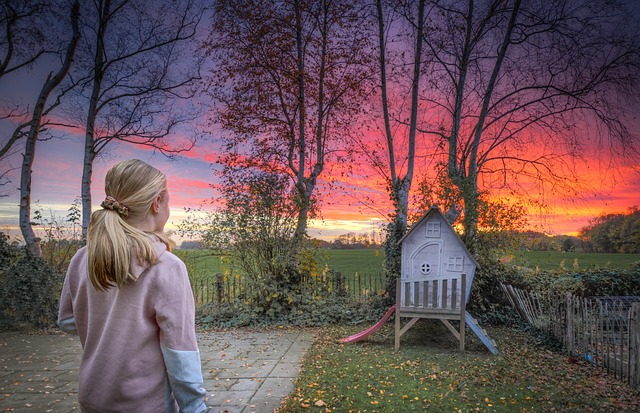
Outdoor lighting upgrades dramatically transform backyards into vibrant, inviting spaces by defining…….

Transform your backyard into a vibrant oasis with strategic outdoor lighting upgrades. Enhance ambia…….

Elevate your backyard into a stylish oasis with creative backyard makeover ideas. Blend aesthetics a…….
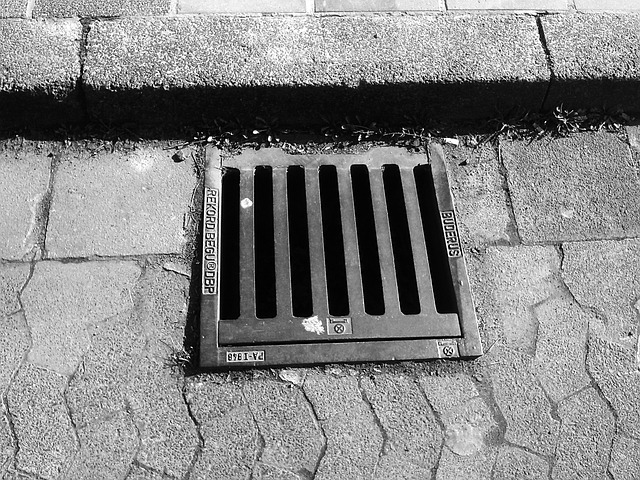
Styling outdoor furniture involves aligning your backyard aesthetic with interior design choices for…….

A stylish backyard design captivates visitors with a harmonious blend of vibrant colors, diverse tex…….

Selecting the right mix of flowers and plants significantly enhances outdoor appeal by creating a th…….
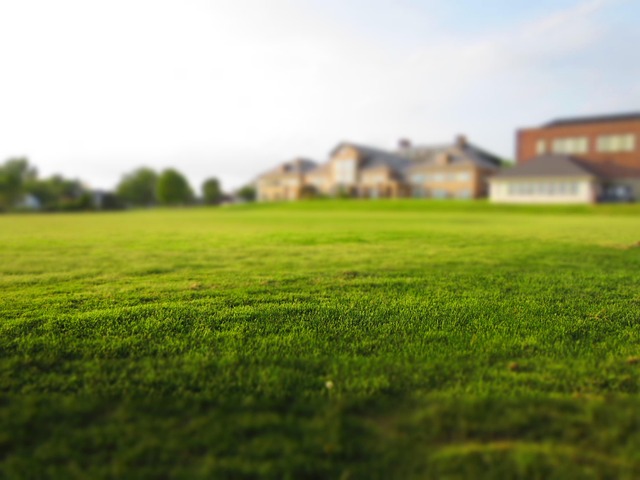
Modern outdoor decor thrives on thoughtful pathway and edging choices. Opt for sleek, durable materi…….
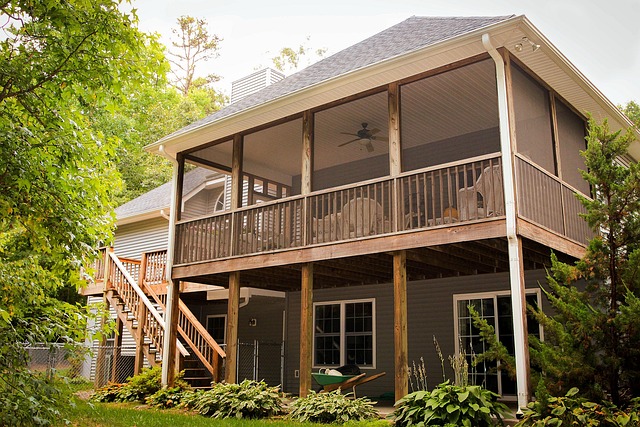
Transforming your backyard entryway design into an eco-friendly haven is a beautiful and sustainable…….
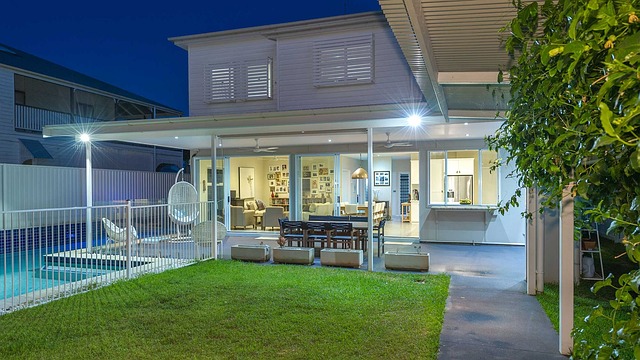
Strategically placed focal points, from statues to water features and lush garden beds, enhance outd…….